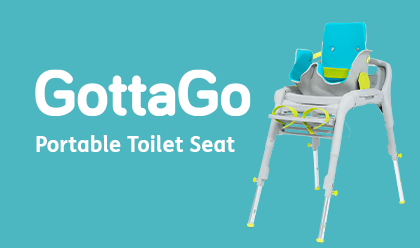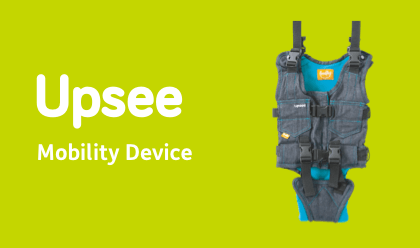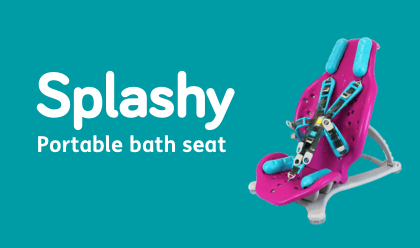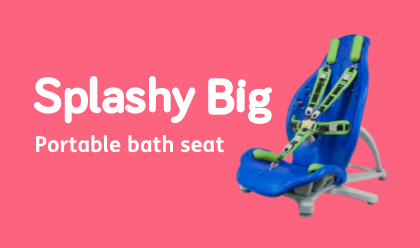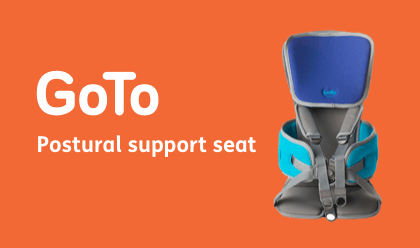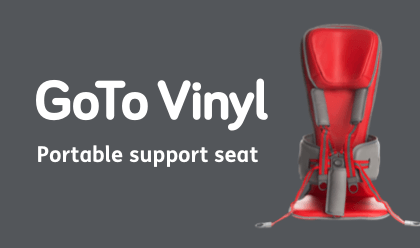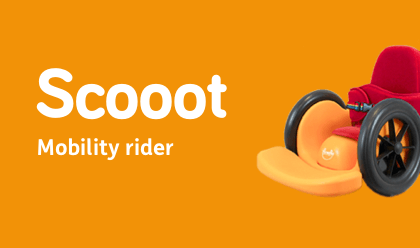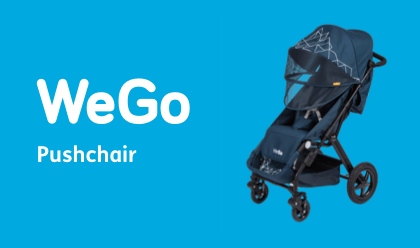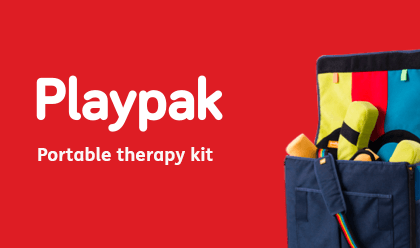A Child First, A Disabled Child Second
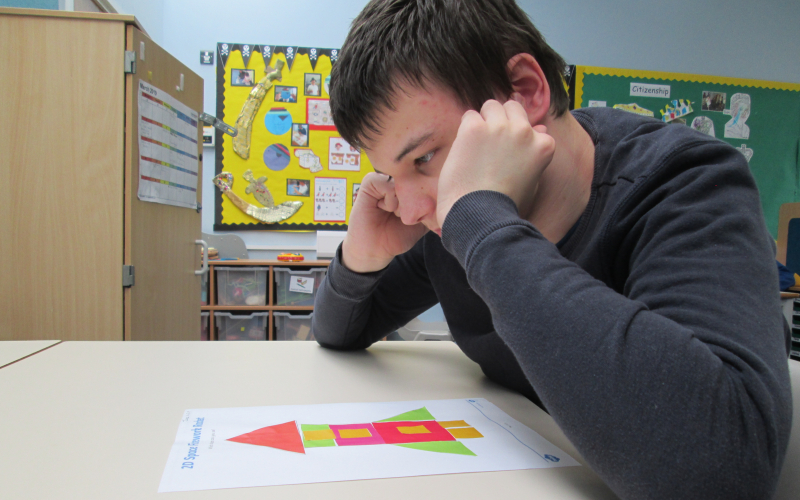
What do you see when you first meet a child with additional needs or a disability?
That may, of course, depend on whether their additional needs or disabilities are visible; it may be ‘hidden’ as so many conditions are.
But even then, we would be missing the point; what we should see first is the child, a unique, wonderful, amazing child.
All too often, when someone is asking me for help regarding a child with additional needs or disabilities, the starting point is ‘problem-solving’, centered around the child’s condition.
“I’ve got an Autistic child in my group, how can I include him?”, or “I’ve got a Dyslexic teenager in my class who is struggling when we read…”
It’s easy to see how this narrative can form, it comes from a place where we’re trying to get a child that doesn’t fit our model of children’s or youth work to somehow adapt, and the main thing that’s preventing that happening is their disability.
But surely there is a better way of looking at this?
A starting point that isn’t ‘problem-focused’ but is ‘child focused’? That looks at what a fabulous, individual, gifted, child this is first, that starts to build a more positive narrative about how we can adapt to meet their needs?
Our son, James, is 16-years-old, is loving and affectionate, has an infectious belly laugh, loves Minions, the colour yellow, PlayDoh, and trips out to the farm shop or café.
He’s brilliant at jigsaws and can do 300-piece jigsaws upside down, just by the shapes. James is a good-looking lad (I know, I’m biased!) who is loved by everyone who meets him.
He is also Autistic and has Learning Difficulties and Epilepsy, so needs things adapted so that he can access them and be included.
The folk at Sheffield City Council’s Children’s Team have created a website called SheffKids www.sheffkids.co.uk which is a brilliant resource full of really helpful support tools.
One of these is their range of one-page-profiles, a resource to help anyone working with children or young people to get to know them better.
These one-page-profiles ask three key things, and the order and priority given to them are really important:
What do people like and admire about me?
This is such a great place to start. It sets the right tone from the outset and creates a positive narrative about the child or young person, a ‘child-centered’ narrative rather than a ‘problem centered’ one.
By identifying and listing all of the positive attributes of the child we see them more fully, we see the things about them that are fulfilling, the positive things that them being a part of our group bring and what we would all miss if they weren’t there.
It is affirming and constructive, completely changing the way we continue to think about and respond to them.
What makes me happy?
Again, this is really important to know. If we get to know what makes a child or young person happy then we can get to know them better through those things.
We see them more broadly, as an animal lover, or someone who likes to play with Playdoh and enjoys exploring the sense of touch, as someone who likes technology.
We can also use those things to help us enable them to take part in the group activities, utilizing their favourite things to engage them and keep them interested and focused
How I want to be supported.
This is the final section, and the words used are deliberate and helpful.
Instead of the typical ‘Does your child have special/addition needs, please describe them here’ type of question that we still see on far too many registration forms, this is different.
Firstly, it isn’t a question at all, it’s a statement; it's person-centered “How I want to be supported”.
Secondly, it talks about what that support needs to look like; that puts the emphasis right back on us to provide that support, for us to adapt rather than the child.
That’s the right way around!
Using a resource like these one-page-profiles helps us to get the order right when we’re thinking about a child or young person; to prioritise them, not us.
It guides our thinking to the positive attributes for that child, which may or may not have anything at all to do with their disability.
It leads us to consider the things that make them happy, again whether this is connected to their disability or not.
And it helps us to understand the things we can do to support them; I’ve recommended using these simple resources for all children and young people, there are loads of different styles, as we can find out so much more about every child that we work with through them.
Perhaps using resources like this will help change the narrative for children and young people; will help us to understand them as individuals, not labels; will change the perception of children and young people with additional needs or disabilities from being a ‘problem to solve’ to being ‘a child to serve’.
When we see each child as a child first, and a disabled child second, then we see them the right way around!
#AChildFirst
